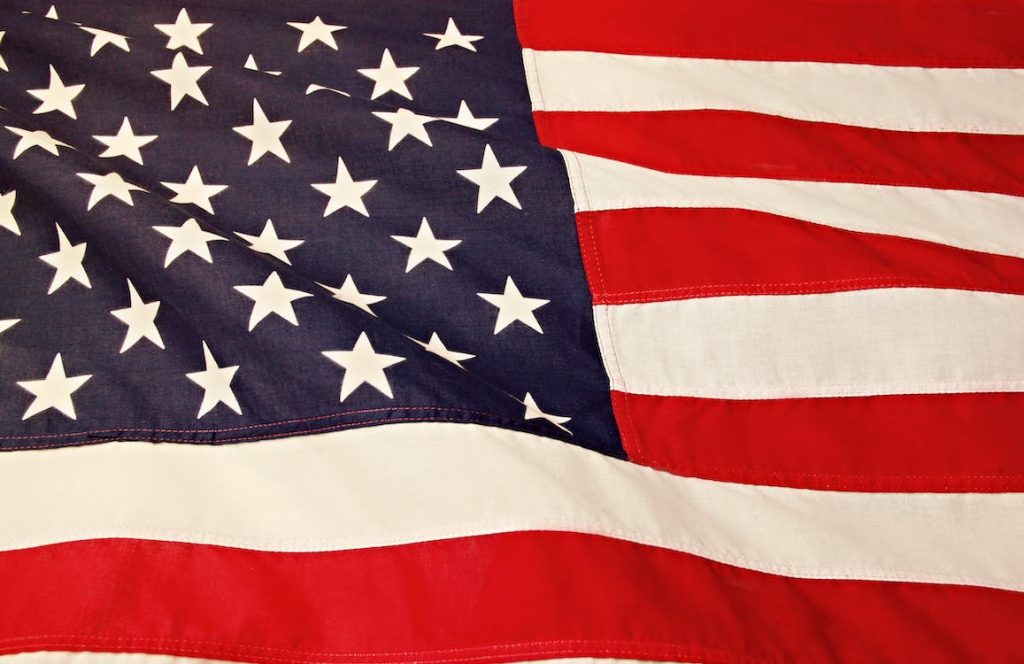Study Permit: How to Apply for a Student Visa in the United States
Study Permit: How to Apply for a Student Visa in the United States


Introduction
Studying in the United States offers exciting opportunities for international students to receive quality education and gain valuable experiences. However, before embarking on your educational journey, you will need to apply for a student visa, also known as a study permit. In this comprehensive tutorial, we will guide you through the step-by-step process of applying for a student visa in the United States. From determining your eligibility to gathering the required documents and submitting your application, we’ll cover everything you need to know. Let’s get started!
1. Determine Your Eligibility
Before applying for a student visa in the United States, it’s important to determine if you are eligible. Here are the key eligibility criteria:
a. Acceptance from a U.S. School
To be eligible for a student visa, you must first be accepted into a Student and Exchange Visitor Program (SEVP)-approved school in the United States. Ensure that the school you plan to attend is recognized by SEVP.
b. Nonimmigrant Intent
You must demonstrate nonimmigrant intent, meaning you have a clear intention to return to your home country after completing your studies in the United States. This is important to establish that you will not overstay your visa.
c. Financial Support
You must provide proof of financial support to cover your tuition fees, living expenses, and other costs associated with studying in the United States. This can include bank statements, scholarship letters, or evidence of sponsorship.
d. English Language Proficiency
Most U.S. schools require proof of English language proficiency. You may need to submit scores from standardized English language tests such as the TOEFL or IELTS.
e. Health Insurance
U.S. regulations require international students to have health insurance coverage throughout their stay. You will need to show proof of adequate health insurance that meets the school and visa requirements.
2. Choose the Right Student Visa Category
The United States offers different student visa categories depending on the type of study program you will be undertaking. The most common categories are:
a. F-1 Visa (Academic Studies)
The F-1 visa is the most common visa for academic studies. It is issued to students attending an accredited academic program, such as a university or college.
b. J-1 Visa (Exchange Visitor Program)
The J-1 visa is for students participating in approved exchange programs. These programs include research, teaching, or cultural exchange programs.
c. M-1 Visa (Vocational Studies)
The M-1 visa is for students pursuing vocational or non-academic programs, such as technical or vocational schools.
Choose the visa category that best aligns with your educational goals and program of study.
3. Apply to SEVP-Approved Schools
Once you have determined your eligibility and chosen the right student visa category, you need to apply to SEVP-approved schools in the United States. Follow these steps:
a. Research Schools
Research and identify SEVP-approved schools that offer programs in your field of study. Consider factors such as location, reputation, program offerings, and tuition fees.
b. Apply to Schools
Submit your application to the schools of your choice. Follow their application procedures, including providing academic transcripts, recommendation letters, essays, and any other required documents.
c. Receive Acceptance Letter
After reviewing your application, the school will notify you of its decision. If accepted, you will receive an acceptance letter or a Form I-20 (Certificate of Eligibility for Nonimmigrant Student Status) from the school.
4. Pay the SEVIS Fee
The next step is to pay the SEVIS (Student and Exchange Visitor Information System) fee. This fee supports the administration of the SEVP and the maintenance of student records. Follow these steps:
a. Complete the Form I-901
Visit the U.S. Immigration and Customs Enforcement (ICE) website and complete Form I-901 with accurate personal and payment information.
b. Pay the SEVIS Fee
Pay the SEVIS fee using a credit card or online payment system as indicated on the Form I-901. Retain a copy of the receipt as proof of payment.
5. Complete the DS-160 Form
The DS-160 form is the online application form required for nonimmigrant visas. Follow these steps to complete the form:
a. Access the DS-160 Form
Visit the U.S. Department of State’s Consular Electronic Application Center website and access the DS-160 form.
b. Provide Accurate Information
Fill in the form accurately and provide all the required information. Be prepared to provide details about your personal background, travel plans, and educational history.
c. Upload a Photograph
Upload a recent, high-quality photograph that meets the U.S. visa photograph requirements.
d. Review and Submit the Form
Carefully review all the information you have provided to ensure its accuracy. Once satisfied, submit the DS-160 form and obtain the confirmation page. Print the confirmation page, as you will need it for your visa interview.
6. Schedule and Attend a Visa Interview
Once you have completed the DS-160 form, you need to schedule and attend a visa interview at the U.S. embassy or consulate in your home country. Follow these steps:
a. Pay the Visa Application Fee
Pay the nonrefundable visa application fee, also known as the MRV fee, using the designated paymentmethods specified on the U.S. embassy or consulate website. Keep the payment receipt for your records.
b. Schedule the Visa Interview
Visit the website of the U.S. embassy or consulate in your home country and schedule an appointment for your visa interview. Make sure to choose a date and time that works for you and allows for sufficient time to prepare.
c. Prepare Required Documents
Gather the following documents required for your visa interview:
- Passport: Make sure your passport is valid for at least six months beyond your planned stay in the United States.
- Form I-20: Bring the original Form I-20 issued by your SEVP-approved school.
- SEVIS Fee Receipt: Carry a copy of the SEVIS fee payment receipt (Form I-901).
- DS-160 Confirmation Page: Print and bring the confirmation page of your DS-160 form.
- Financial Documents: Provide proof of financial support, such as bank statements, scholarship letters, or sponsorship documents.
- Educational Documents: Carry academic transcripts, diplomas, or certificates to demonstrate your educational background.
- English Language Proficiency Test Scores: If required, bring the original scores of English language proficiency tests such as the TOEFL or IELTS.
- Acceptance Letter: Provide the acceptance letter from the SEVP-approved school you plan to attend.
d. Attend the Visa Interview
Arrive at the U.S. embassy or consulate on the scheduled date and time of your visa interview. Be prepared for a security check and follow any instructions provided by the embassy or consulate staff. During the interview, answer questions honestly and confidently. The visa officer may ask about your educational plans, financial resources, ties to your home country, and intent to return after completing your studies.
e. Visa Approval and Next Steps
If your visa application is approved, the visa officer will provide you with further instructions on how to collect your passport with the visa stamp. You may also be given a packet containing important documents to present upon your arrival in the United States.
7. Preparing for Departure and Arrival in the United States
Once you have obtained your student visa, it’s time to prepare for your departure and arrival in the United States. Follow these steps:
a. Make Travel Arrangements
Book your flight tickets to the United States and make any necessary travel arrangements, such as accommodation and transportation.
b. Pack Essential Documents and Items
Ensure that you have all the essential documents, including your passport, student visa, Form I-20, and other relevant documents, in your carry-on luggage. Also, pack any necessary personal items, clothing, and other essentials.
c. Plan for Arrival and Orientation
Contact your SEVP-approved school to gather information about arrival procedures, airport transportation, and orientation programs. Familiarize yourself with the campus, housing, and other facilities provided by the school.
d. Attend Immigration and School Orientation
Upon arrival in the United States, go through the immigration process at the port of entry. Present your passport, visa, and Form I-20 to the immigration officer. They will review your documents, verify your information, and stamp your passport. Keep your Form I-20 safe as it will be required for various purposes throughout your stay.
Once you have cleared immigration, attend the orientation programs organized by your school. These programs will provide valuable information about campus life, academic expectations, student support services, and immigration regulations.
Conclusion
Congratulations! You have completed the comprehensive guide on applying for a student visa in the United States. By following the step-by-step instructions and ensuring that you meet the eligibility criteria, choose the right student visa category, gather the required documents, and complete the application and interview processes, you are well-prepared to begin your educational journey in the United States. Remember to keep track of important dates, pay attention to any updates or changes in visa requirements, and make necessary preparations for your departure and arrival. Studying in the United States offers incredible opportunities for academic and personal growth, and with proper planning and organization, you can make the most of your experience. Best of luck!








